Have you ever wondered how to make your garden stand out or your indoor space pop with unique flair? One secret lies in the artful pairing of plants with contrasting growth habits. By juxtaposing different shapes, sizes, and textures, you create visual interest and dynamic spaces that captivate the eye. From cascading vines to towering shrubs, these pairings bring harmony and drama into your home or garden. Dive into these 21 ideas to inspire your next landscaping project and discover how contrasting growth habits can transform any space into a mesmerizing oasis.
1. Tall Grasses and Low Groundcovers

Pair tall ornamental grasses with lush, low-growing groundcovers like creeping thyme. The grasses provide vertical interest and movement, while the groundcover fills out the base with texture and color. This combination is perfect for adding depth to your garden, especially in sunny areas where both thrive. The contrasting heights create a natural flow, drawing the eye upward and outward.
2. Spiky Succulents and Fluffy Ferns
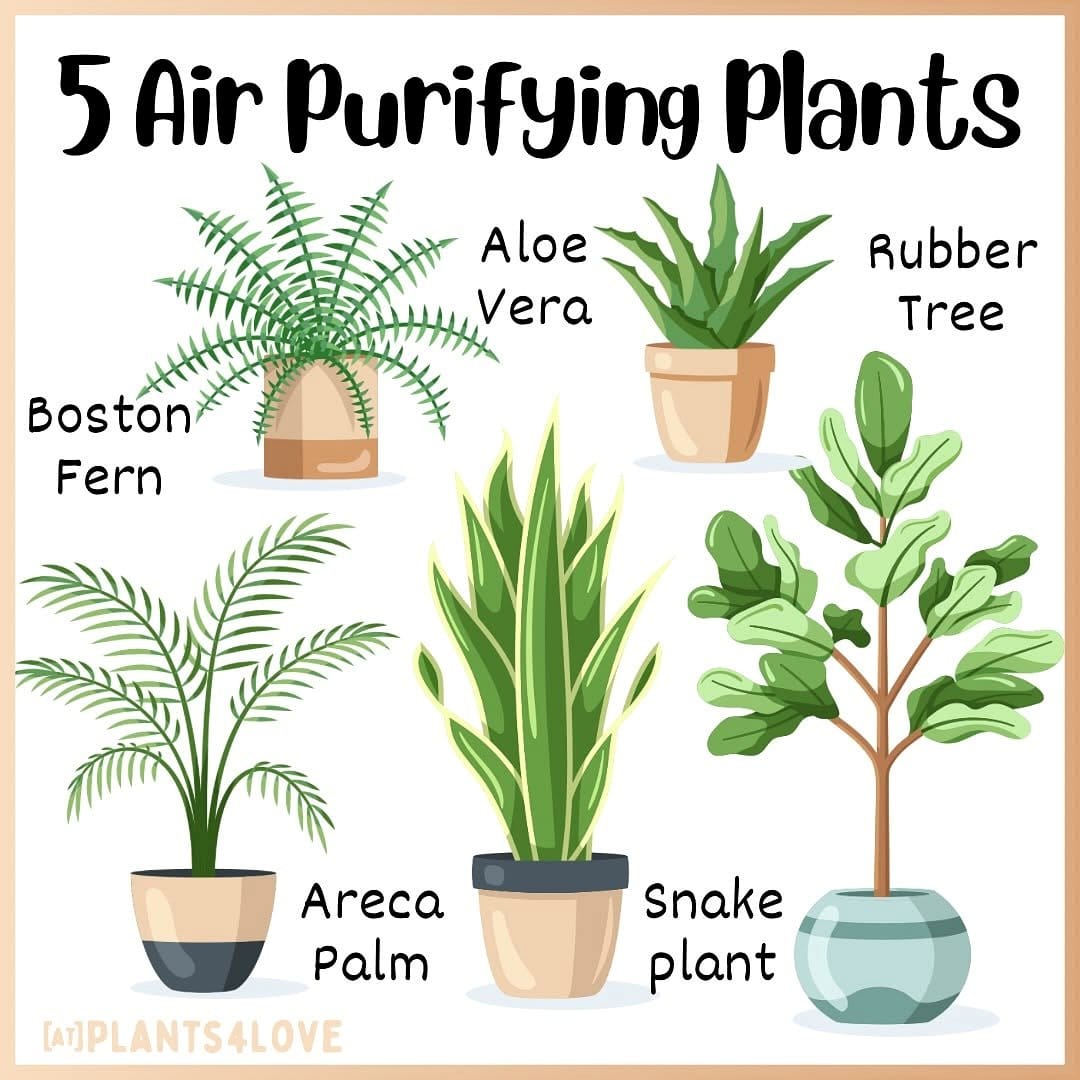
Contrast the structured, spiky forms of succulents like aloe vera with the soft, feathery texture of ferns such as the Boston fern. This pairing brings a balance of rigidity and softness, creating a pleasing visual effect. Ideal for a shady corner of your home or garden, this combination thrives in indirect light and adds a touch of modern elegance mixed with natural charm.
3. Upright Cacti and Trailing Vines

Marry the vertical elegance of columnar cacti with the cascading beauty of trailing vines like string of pearls. This dynamic duo brings a desert-inspired look indoors, offering a striking silhouette that adds height and dimension. The combination works well in a sunlit room, creating a whimsical yet structured design that’s low-maintenance and full of character.
4. Dense Shrubs and Open-Branch Trees
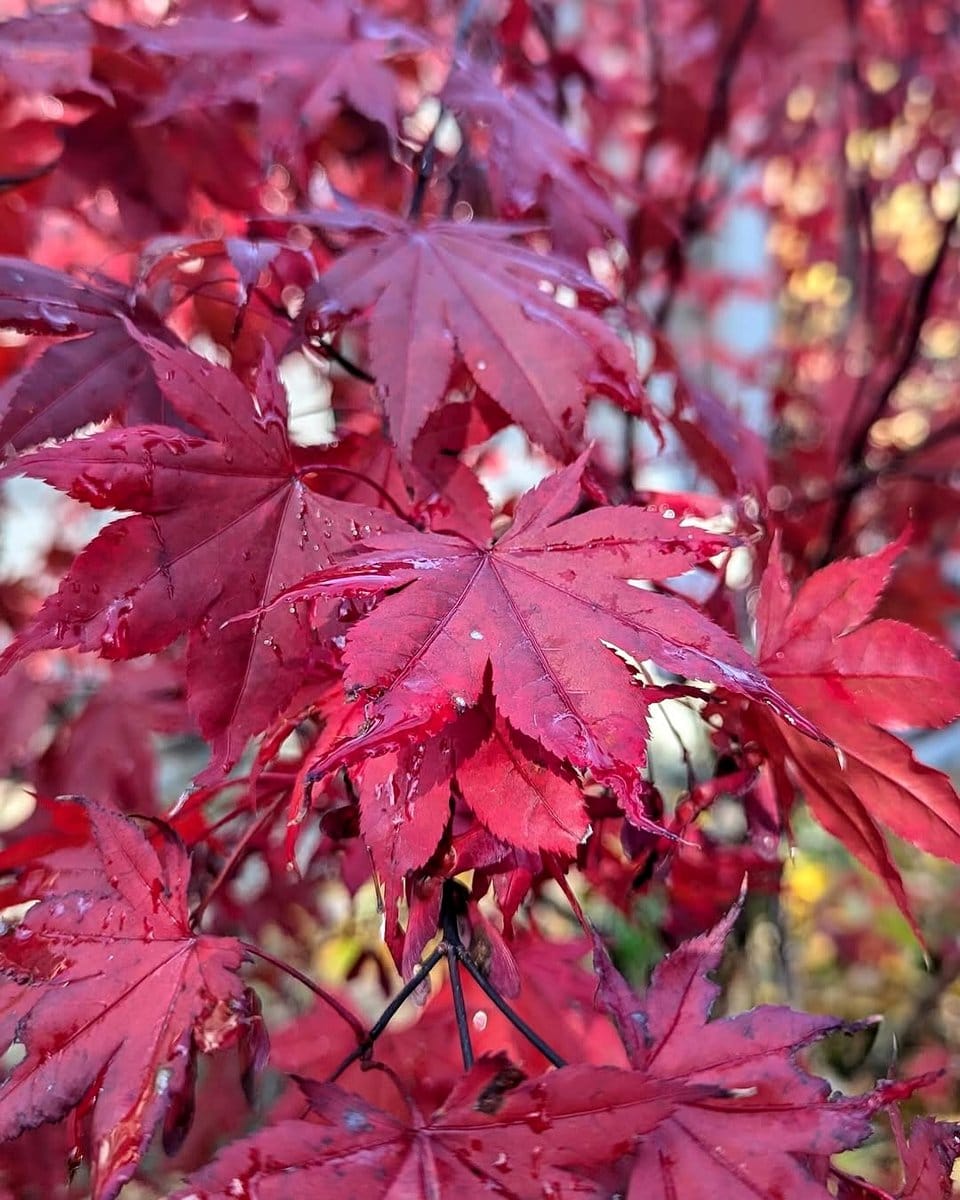
Combine the compact density of boxwood shrubs with the airy, open branches of a Japanese maple. This pairing is perfect for adding structure and movement to a garden. The dense shrub provides a solid backdrop, while the tree’s branches dance with the breeze, creating a lively contrast that captivates onlookers.
5. Sprawling Herbs and Compact Perennials
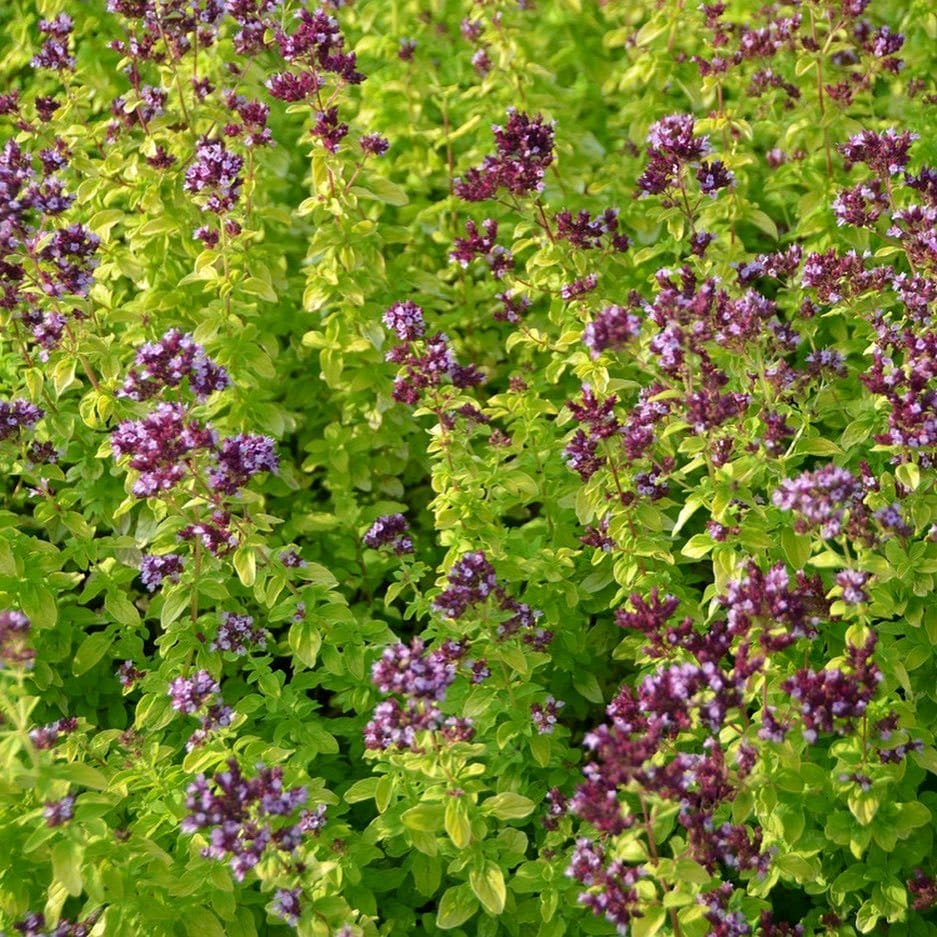
Match sprawling herbs like oregano with compact perennials such as lavender. This blend offers a delightful contrast in both form and fragrance, perfect for a sensory garden. The herbs’ sprawling nature complements the lavender’s upright spikes, creating a dynamic yet harmonious landscape that is both beautiful and useful.
6. Vertical Climbers and Horizontal Spreaders

Pair vertical climbers like clematis vines with horizontal spreaders like hostas. This combination creates a lush tapestry of foliage and flowers. The clematis climbs upwards, providing colorful blooms, while the hosta spreads out, offering broad leaves that ground the design. It’s a perfect pairing for shaded areas needing a pop of color and texture.
7. Evergreen Trees and Deciduous Shrubs
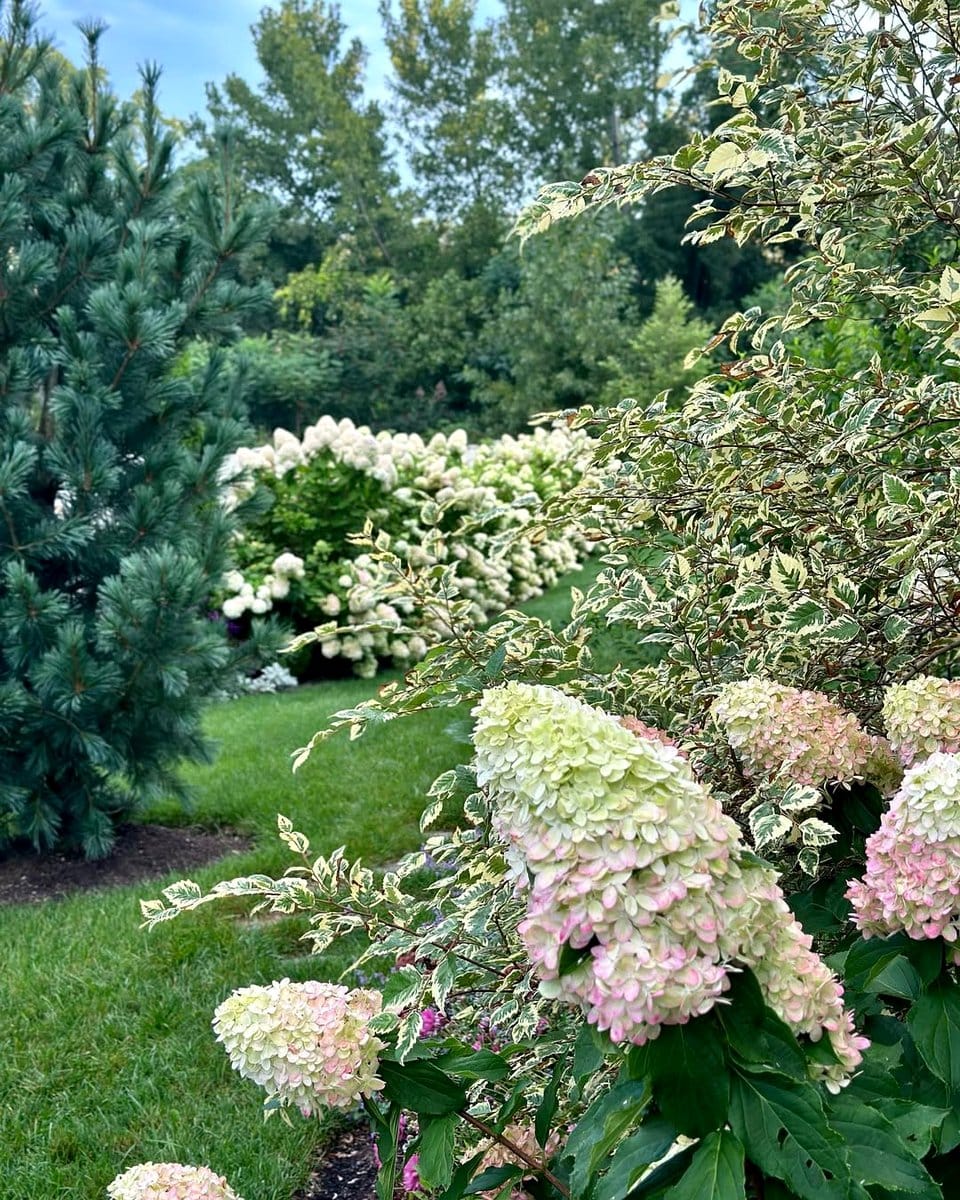
Contrast the year-round greenery of pine trees with the seasonal interest of deciduous shrubs like hydrangeas. This pairing ensures your garden looks vibrant throughout the year. The evergreen trees provide structure and stability, while the shrubs offer a changing tapestry of colors and blooms that keep things lively and engaging.
8. Tall Bamboo and Low Moss
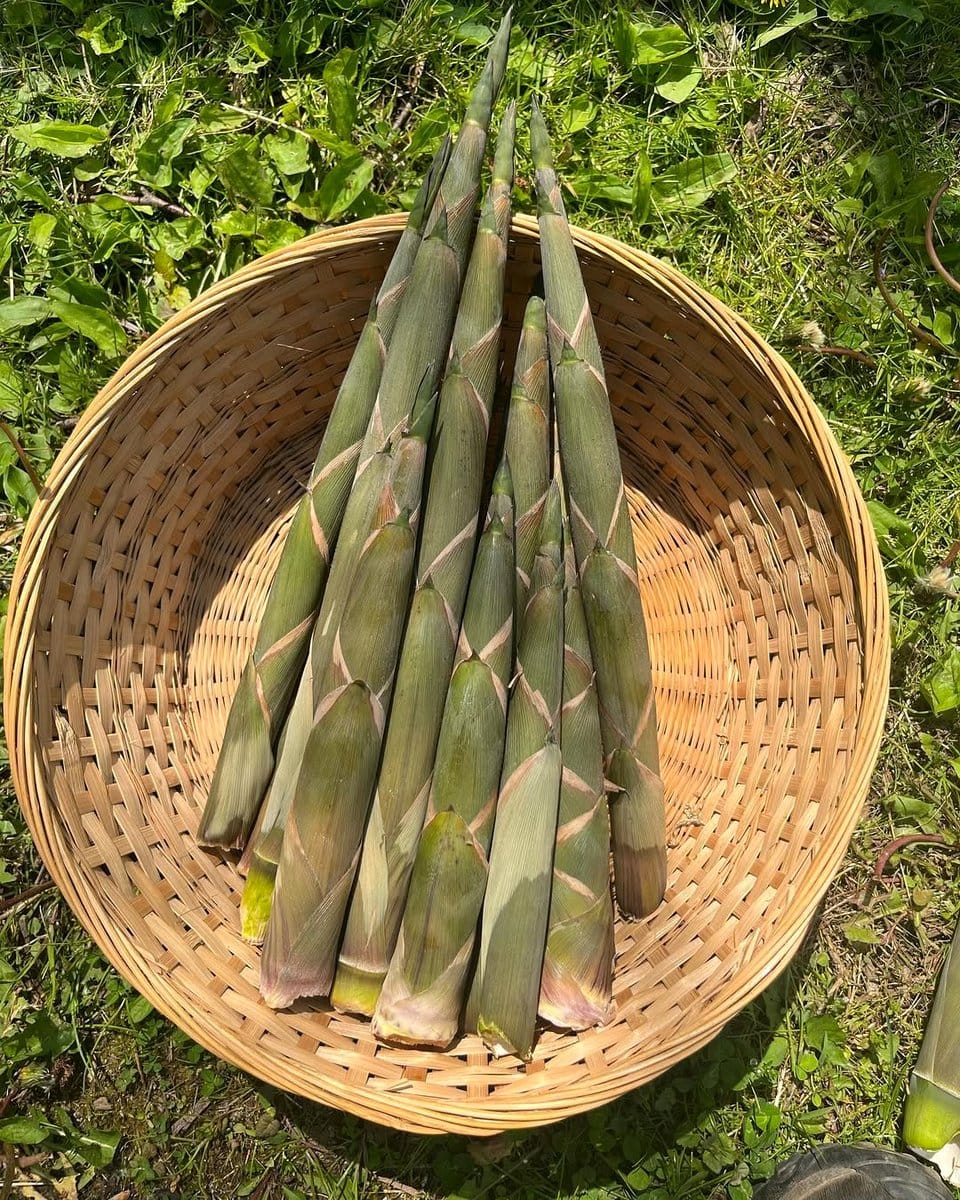
Create a Zen-like atmosphere by pairing tall, slender bamboo stalks with a soft carpet of moss. This contrast of height and texture fosters tranquility and simplicity, making it ideal for a meditative garden space. The bamboo offers vertical interest and a sense of enclosure, while the moss provides a lush, living carpet that invites contemplation.
9. Compact Conifers and Sprawling Annuals

Juxtapose compact conifers such as dwarf spruce with sprawling annuals like petunias. This pairing creates visual contrast and seasonal variety, with the conifers offering year-round structure and the annuals adding a splash of color throughout the growing season. It’s a dynamic pairing that ensures continual interest in your garden.
10. Variegated Foliage and Solid Greens
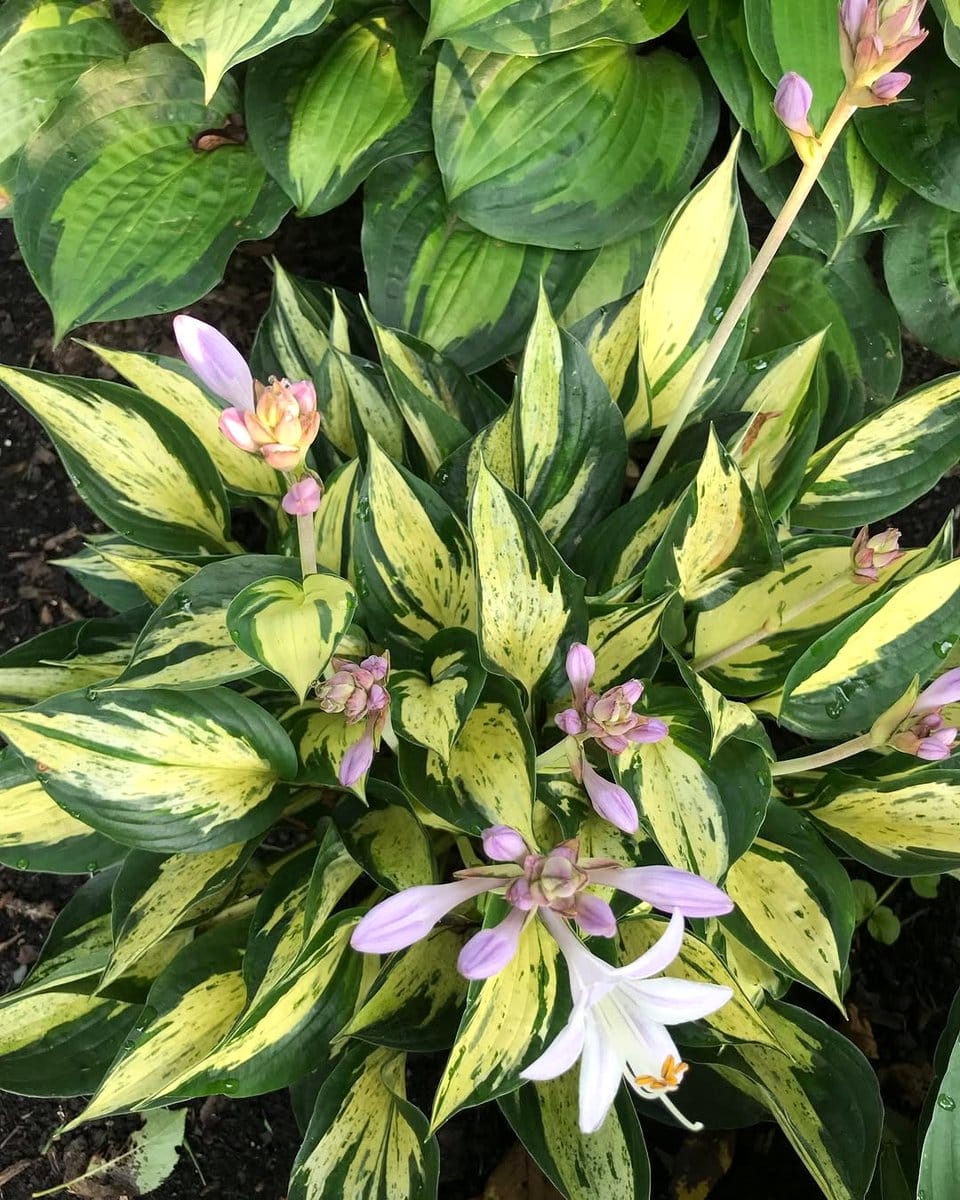
Contrast variegated foliage, like that of a hosta, with solid green plants such as ferns. This combination highlights the beauty of both, with the variegated leaves adding visual intrigue and the solid greens providing a calming backdrop. Ideal for shaded areas, this pairing offers texture and depth, enhancing any garden space.
11. Towering Palms and Low Succulents

Pair towering palms like sago palms with low-lying succulents such as echeveria. This tropical-inspired combination offers a striking contrast in height and form, bringing a touch of the exotic to your space. The palms provide vertical interest, while the succulents add a sculptural element at ground level, perfect for a sun-drenched patio.
12. Wispy Grasses and Bold Leafs

Combine the delicate movement of wispy grasses like feather reed grass with the bold, broad leaves of an elephant ear plant. This pairing creates a dynamic visual contrast, adding texture and drama to your garden. The grasses sway gracefully in the wind, while the large leaves stand out with their strong presence, ideal for a statement garden bed.
13. Upright Perennials and Trailing Annuals

Pair upright perennials like foxgloves with trailing annuals such as lobelia. This combination offers a striking display of vertical blooms and cascading color. The foxgloves provide height and structure, while the lobelia adds a soft, trailing element that enhances the overall design, perfect for borders and containers.
14. Columnar Trees and Sprawling Shrubs

Combine the elegant form of columnar trees like Italian cypress with sprawling shrubs such as junipers. This pairing creates a balanced landscape, with the trees offering height and the shrubs providing spread. It’s a classic combination that adds structure and fills space effectively, ensuring year-round interest.
15. Dwarf Trees and Ground-hugging Plants

Pair dwarf trees like apple trees with ground-hugging plants such as creeping phlox. This combination is perfect for small spaces, where maximizing vertical and horizontal space is key. The dwarf tree offers seasonal interest with its blossoms and fruits, while the phlox provides a colorful carpet that brightens the area.
16. Hardy Perennials and Delicate Annuals

Contrast hardy perennials like echinacea with delicate annuals such as sweet alyssum. This pairing brings a balance of resilience and fragility, offering a long-lasting display that evolves through the seasons. The echinacea stands tall with its robust blooms, while the alyssum adds a soft, fragrant border that invites closer inspection.
17. Spiky Grasses and Round Bushes

Pair spiky grasses like blue fescue with round, sculpted bushes such as boxwood spheres. This combination creates a striking geometric contrast, offering both texture and form. The grasses provide a wild, natural element, while the bushes add a touch of formality and structure, perfect for a modern landscape design.
18. Vertical Vines and Low Shrubs
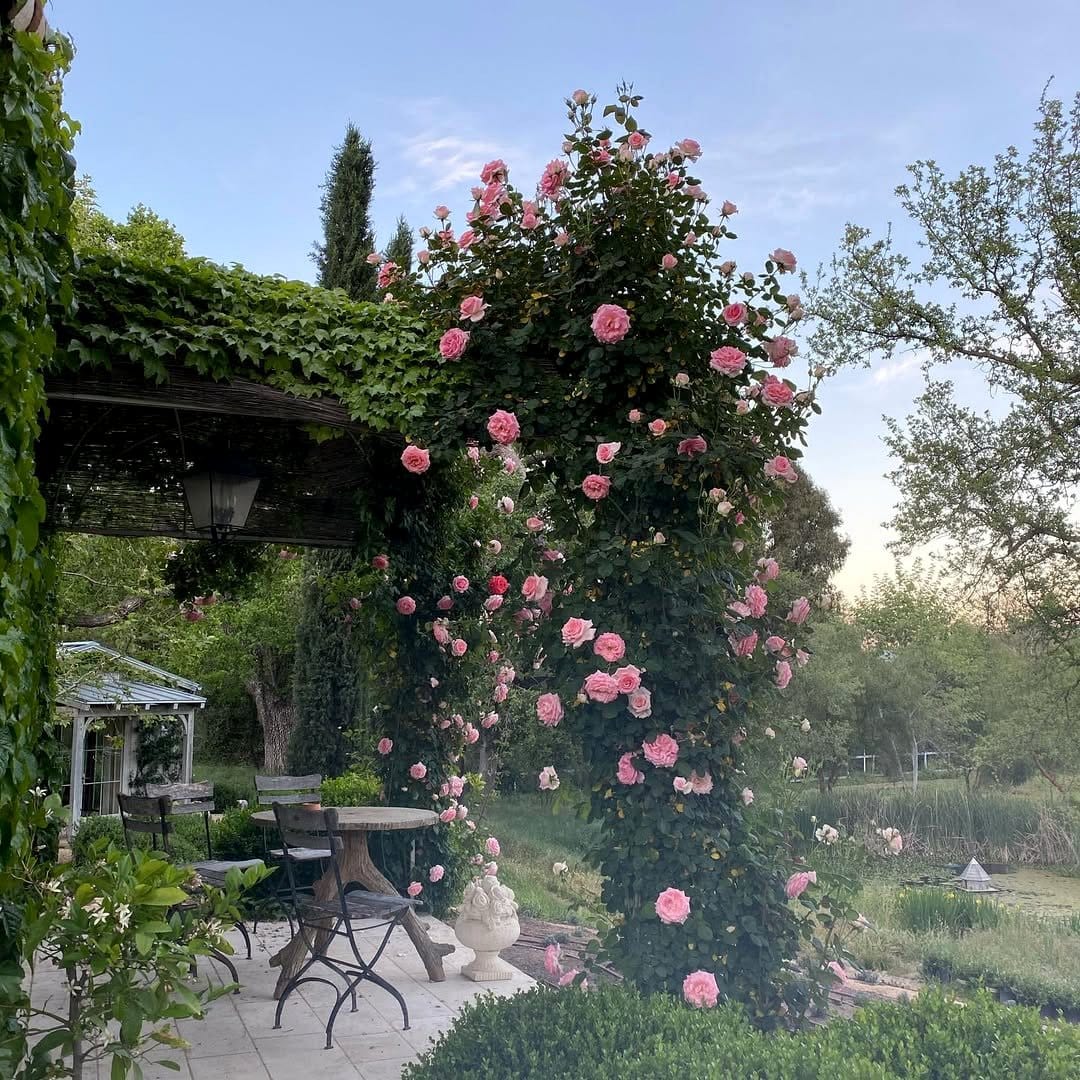
Combine vertical vines like climbing roses with low-growing shrubs such as boxwood. This pairing adds height and structure to your garden, with the roses offering vertical interest and blooms, while the boxwood provides a dense, evergreen base. It’s a classic combination that adds elegance and charm to any outdoor space.
19. Hardy Cacti and Soft Grasses
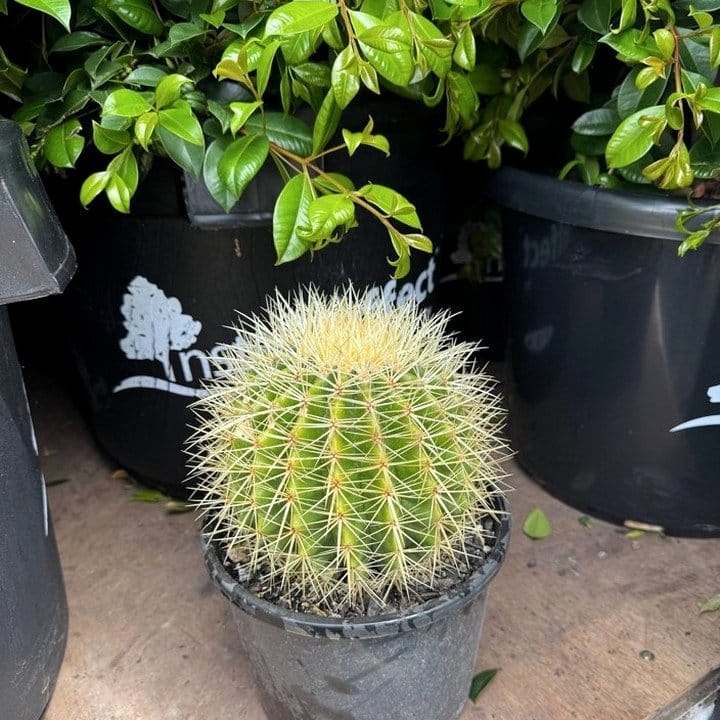
Juxtapose the hardy, resilient form of barrel cacti with the soft, flowing texture of maiden grass. This pairing brings a desert-inspired feel with a touch of movement and grace. The cacti provide a striking focal point, while the grasses add a gentle, swaying element that softens the overall look.
20. Sprawling Vines and Upright Lilies

Pair sprawling vines like morning glories with upright lilies such as Asiatic lilies. This combination offers a delightful contrast of form and bloom. The vines create a lush backdrop, while the lilies add vertical spikes of color and fragrance, perfect for adding depth and interest to a fence or trellis.
21. Textured Ferns and Smooth Hostas
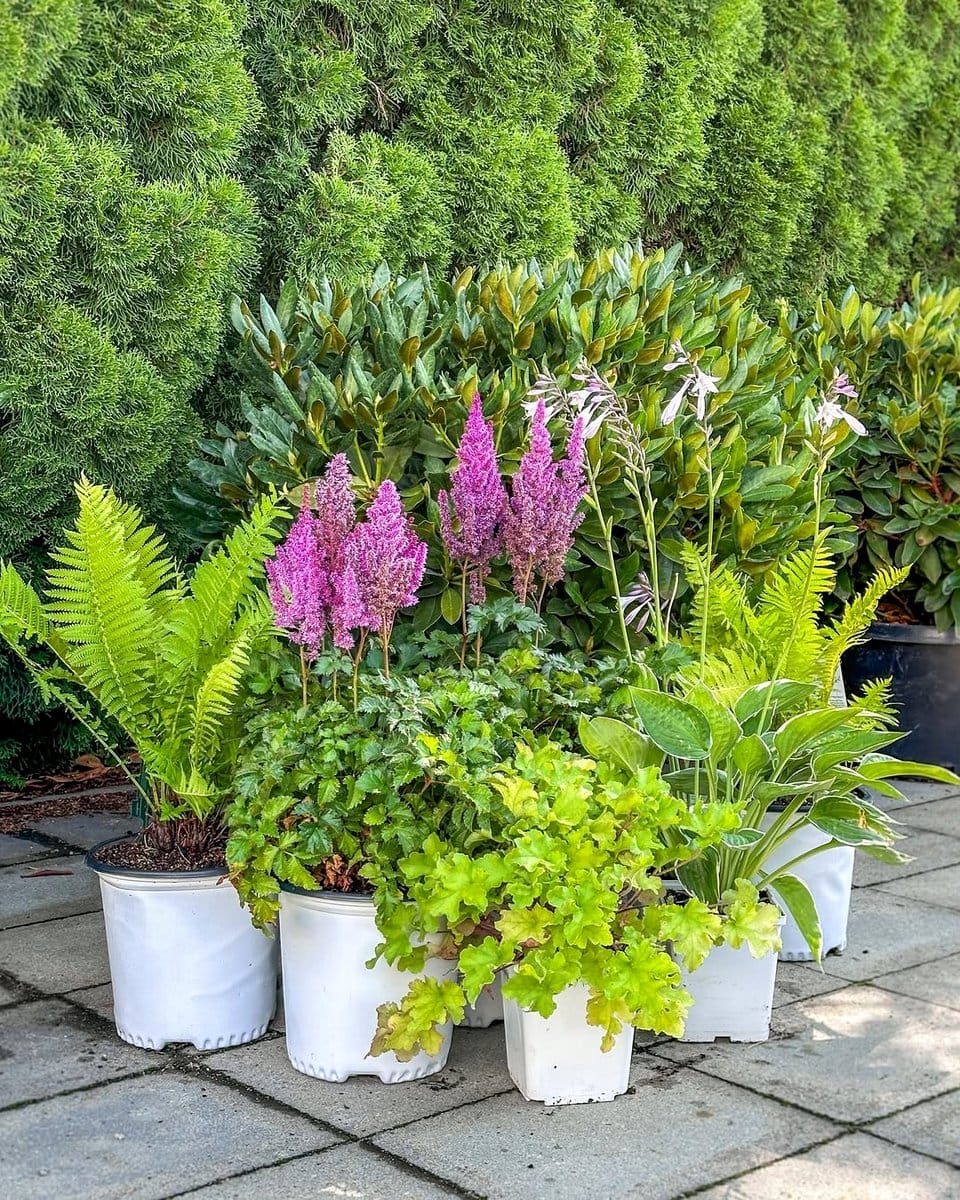
Combine textured ferns like ostrich ferns with the smooth, broad leaves of hostas. This pairing offers a lush, green tapestry that thrives in shaded environments. The ferns provide movement and texture, while the hostas offer a bold, structured form that grounds the design, ideal for creating a serene garden retreat.
Final Thoughts
Contrasting growth habit pairings aren't just for seasoned gardeners; they're accessible to anyone looking to create a visually appealing space. By mixing different textures, shapes, and heights, you can transform any area into a vibrant, dynamic environment. Whether indoors or outside, these combinations provide year-round interest and unique beauty. Start experimenting with these stunning pairings today, and watch your space come alive with new life and energy. Remember, the key is to have fun and let your creativity guide you. Happy gardening!